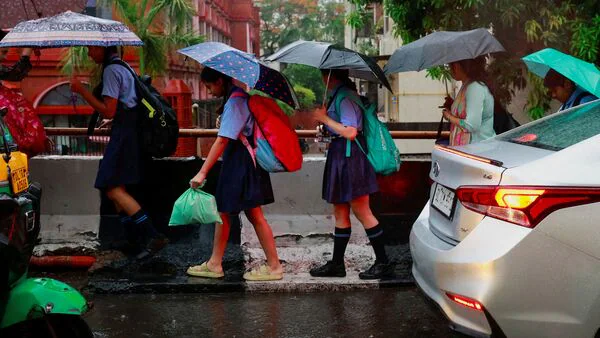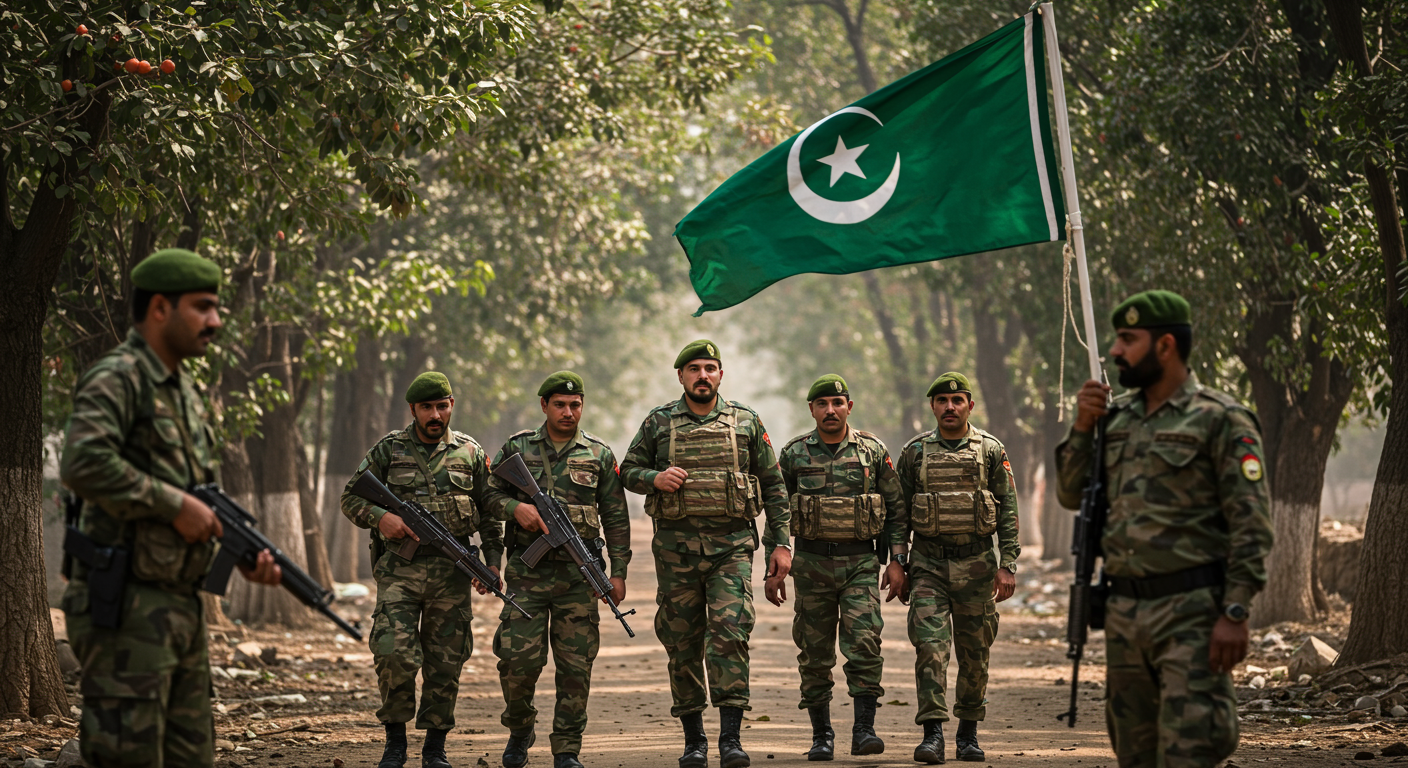Imagine starting a peaceful morning, sending your children off to school, only to be jolted by news that every parent dreads. That’s precisely what unfolded recently in Delhi’s Dwarka area, where two prominent schools, DPS Dwarka and St. Mary’s School, suddenly found themselves at the center of a terrifying bomb threat scare. This wasn’t just a simple rumor; it was a serious email threat that triggered an immediate, large-scale emergency response, sending ripples of concern across the city and beyond. While thankfully these threats turned out to be hoaxes, the incident highlighted the critical importance of swift action, meticulous planning, and unwavering community spirit in the face of such unsettling challenges.
The Alarming Dawn: A Morning of Urgent Action
The day began like any other, with students and staff arriving at school, ready for lessons and learning. But at around 6 AM, the calm was shattered. Both DPS Dwarka and St. Mary’s School received emails containing chilling bomb threats. For school administrators, there’s no room for doubt or delay when such a grave warning arrives. Their primary responsibility is the safety of every child and staff member under their care. The decision was immediate and unequivocal: evacuate everyone, and fast. It’s a testament to the school’s emergency protocols and the quick thinking of their staff that this critical step was taken without hesitation.
Within minutes, the news reached the authorities. Delhi Police, ever vigilant, sprang into action. They didn’t just send a few officers; a full-scale response was launched. Bomb disposal squads, dog squads trained to detect explosives, and a heavy contingent of police personnel rushed to both locations. The scene transformed from a bustling school campus into an emergency command center. The precision and speed of this initial response are vital in such high-stakes situations, underscoring the readiness of our emergency services.
Prioritizing Safety: Evacuation and Response in Action
When a threat like this emerges, the focus instantly shifts to one thing: securing lives. The evacuation process, often practiced in drills, became a real-life operation. Students, guided by their teachers and school staff, calmly and efficiently exited the buildings. This calm under pressure is a credit to the training provided and the resilience of the young minds themselves. Parents, hearing the news, rushed to the schools, their hearts pounding with anxiety. It’s a moment that tests the strength of a community, and in Dwarka, that strength shone through.
Once the schools were empty, the painstaking search began. Every classroom, every corridor, every nook and cranny was meticulously checked by the specialized teams. Bomb disposal experts, equipped with advanced technology, systematically swept the premises. The dog squads, with their incredible sense of smell, played a crucial role, sniffing out anything suspicious. This thoroughness, though time-consuming and tension-filled, is absolutely non-negotiable. It’s about leaving no stone unturned, ensuring that every corner is safe before anyone is allowed back in.
The Hoax Unveiled: Relief, But Lingering Concerns
After hours of intense searching, the much-awaited news finally arrived: the threats were hoaxes. No explosive devices were found at either school. A collective sigh of relief swept through the community. Parents hugged their children tighter, staff members felt the tension drain from their shoulders, and the police could confirm that the immediate danger had passed. This relief, however, was tinged with a lingering sense of disquiet. While the physical danger was averted, the psychological impact of such a threat can be profound.
It raises uncomfortable questions: Who would do this? Why would someone intentionally cause such widespread panic and fear? Even a hoax threat disrupts lives, diverts valuable emergency resources, and leaves a lasting impression of vulnerability. It’s a stark reminder that even without physical harm, the intent to cause terror can be deeply unsettling, forcing us to confront the darker side of online anonymity and malicious intent.
A Disturbing Pattern: Not an Isolated Incident
What made this incident particularly alarming was its uncanny resemblance to previous events. This isn’t the first time Delhi has grappled with such threats. Just a few months prior, in April 2024, a massive wave of similar bomb threats hit over 150 schools across the National Capital Region. Then, in May, four hospitals in the city also received identical threats. Each time, the pattern was the same: email threats, rapid evacuation, extensive searches, and ultimately, the discovery that they were all hoaxes.
This recurring pattern points to a coordinated effort, possibly by individuals or groups aiming to cause widespread disruption and fear. It transforms a localized incident into a city-wide challenge, stretching the resources of law enforcement and creating a climate of apprehension. Understanding this broader context is crucial, as it shifts the focus from a one-off event to a persistent, evolving security concern that requires a more comprehensive approach.
Behind the Screens: The Investigation Continues
With the immediate danger passed, the focus shifts to unmasking those responsible. Delhi Police have launched a full-fledged investigation into the origin of these malicious emails. Tracing cyber threats is a complex task, often involving international collaboration and sophisticated forensic analysis. Perpetrators often use VPNs, proxy servers, and various anonymizing techniques to hide their digital footprints, making it a challenging cat-and-mouse game for investigators.
The goal is not just to find who sent the emails, but to understand their motive and prevent future occurrences. Is it a prank gone horribly wrong? A deliberate attempt to test emergency response systems? Or something more sinister? Unraveling these mysteries requires dedicated cybercrime units working tirelessly, leveraging every technological tool at their disposal to bring the culprits to justice. Success in these investigations sends a clear message that such acts of terror will not go unpunished.
The Human Element: Echoes of Fear and Resilience
Beyond the headlines and official reports, lie the real human stories. Think of the students, especially the younger ones, suddenly pulled out of their classrooms, perhaps confused or frightened. Imagine the teachers and staff, whose priority shifted instantly from education to protection. And then there are the parents, the heart of the community, experiencing agonizing moments of uncertainty until they knew their children were safe. These incidents take an emotional toll, creating anxiety and a sense of vulnerability.
Yet, amidst this, we see incredible resilience. Schools practice drills, not just for compliance, but to instill a sense of order and safety in their students. Parents quickly form support networks, sharing information and comfort. The human spirit, in times of crisis, often rises to the occasion, demonstrating empathy, courage, and a collective determination to overcome adversity. This resilience is a vital component of community strength.
Lessons Learned and Moving Forward
Each time such an incident occurs, it serves as a powerful, albeit unwanted, lesson. It reinforces the critical importance of robust emergency preparedness plans in schools and other public institutions. Clear communication channels between schools, parents, and law enforcement are paramount. Regular drills, though sometimes seen as a formality, prove their worth in real emergencies by ensuring a calm and organized response.
Furthermore, it highlights the need for continued vigilance in the digital age. As technology advances, so do the methods used by those who wish to cause harm. Investing in cybersecurity, educating the public about online safety, and fostering a culture of reporting suspicious activities are all crucial steps in building a more secure environment. These events are wake-up calls, prompting us to continuously review and enhance our safety protocols.
Building Resilience Together: A Community’s Strength
The bomb threats in Dwarka, though hoaxes, left an indelible mark. They reminded us that our safety is a shared responsibility. The swift and coordinated response by school authorities, Delhi Police, and emergency services showcased their professionalism and dedication. Lieutenant Governor V.K. Saxena’s visit to the schools and his praise for the quick action reinforced the importance of such preparedness and calm responses.
Moving forward, it’s essential to foster a strong sense of community vigilance. We must all remain alert, report anything suspicious, and support the efforts of our law enforcement agencies. More importantly, we must continue to assure our children and each other that schools remain safe havens, places of learning, growth, and joy. By working together, by remaining informed, and by strengthening our collective resilience, we can face future challenges with confidence and ensure the well-being of our communities.









